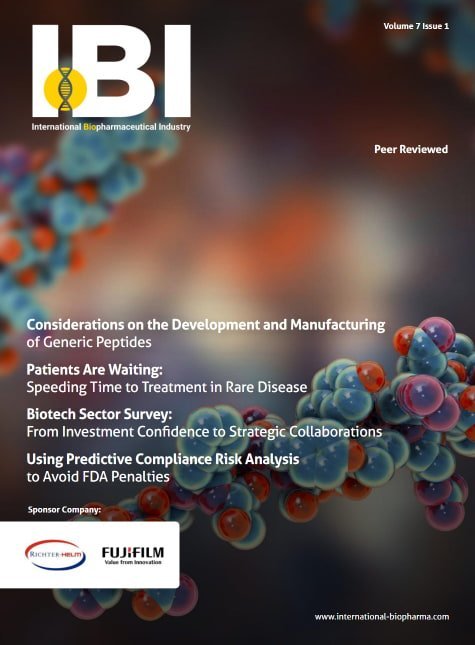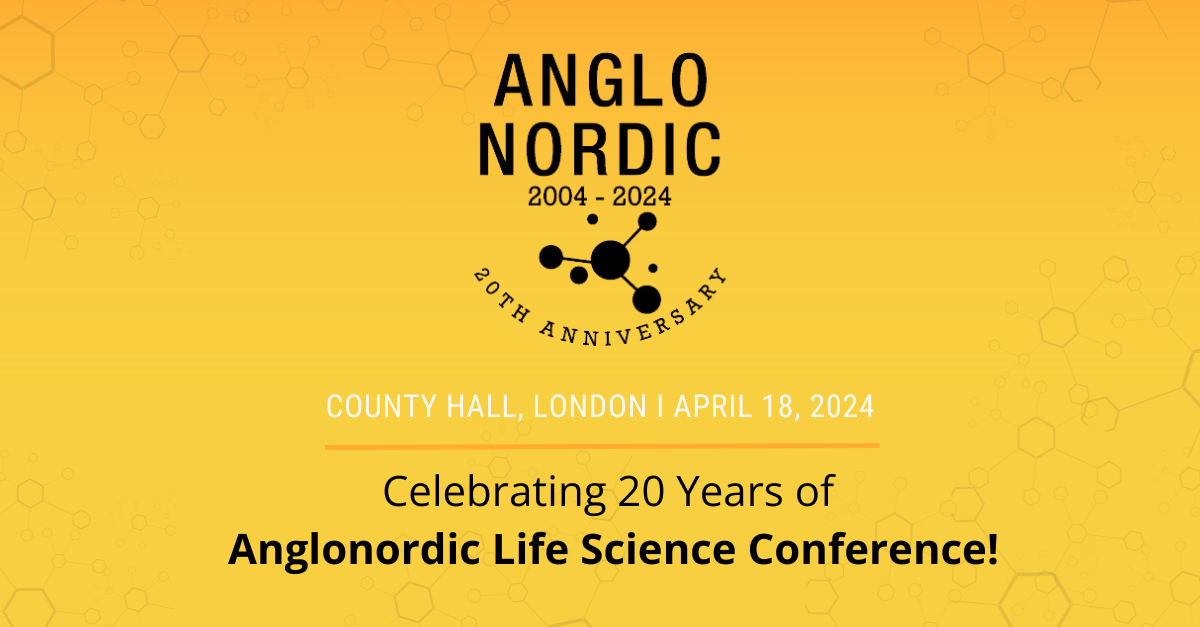Introduction to Silkworm Larvae Plasma (SLP)
The silkworm, Bombyx mori, has an interesting defense against bacterial and fungal invasion. This defense is found in the hemolymph and cuticle of the insect, as well as various other insect species as well. The defense mechanism involves a chemical cascade, the pro-phenol oxidase (proPO) cascade, that ultimately results in melanin formation around the foreign matter within the insect’s body. When one thinks of melanin, the first thing that comes to mind is the tanning process in basal skin cells in response to ultraviolet light from the sun. This response is not simply aesthetic – the formation of melanin in human cells is a protective mechanism guarding the cells’ DNA against the ionization dangers of radiation. In a similar manner, melanin is formed in the insects’ bodies to contain foreign matter.1
The proPO cascade can be activated by one of two unique receptor proteins. One is activated by peptidoglycan (PG), and the other is activated by (1, 3)- β-D-glucans (BG). These two molecules have three unique aspects that will be highlighted. First, these molecules are each signature components of different microorganisms. PG is a component of bacterial cell walls, and BG is a component of fungal cell walls. As a result, the proPO cascade is a defense against a wide variety of microorganisms. Second, this defense mechanism is not specific to living organisms. Any piece of bacterial or fungal matter containing PG or BG activates the proPO cascade. Third, these molecules themselves are pyrogens, fever-producing substances. These three principles result in a means of detecting the presence of bacteria and fungi rapidly with no need for live cultures or the detection of an immune assay. Collection and formulation of the SLP have resulted in a rapid BG and PG detection method.1
Exogenous Pyrogens
By definition, pyrogen is any substance that initiates a human immune febrile response. Exogenous pyrogens are therefore foreign substances that initiate a febrile response in the human body. By far, the most problematic pyrogen is bacterial endotoxin – the LPS molecule of the outer membrane of gram-negative bacteria. This pyrogen’s potency as well as resilience to sterilization techniques has prompted the pharmacopeial standard that all parenteral substances need be tested for bacterial endotoxin (USP 85). However, endotoxin is not the only form of pyrogen produced by microorganisms.2
























